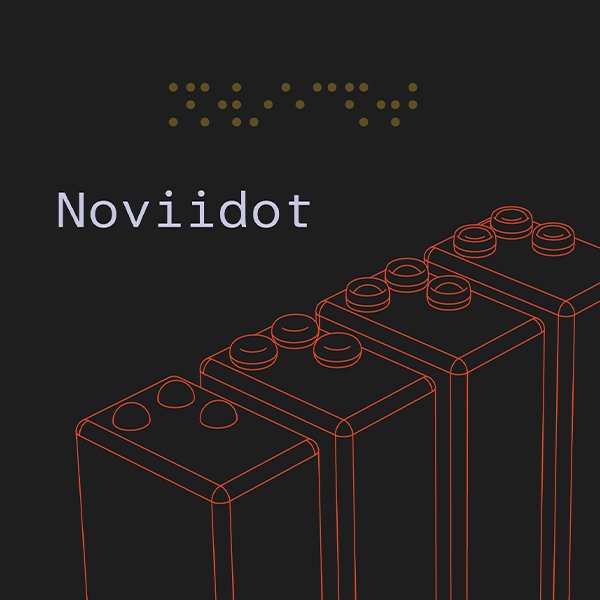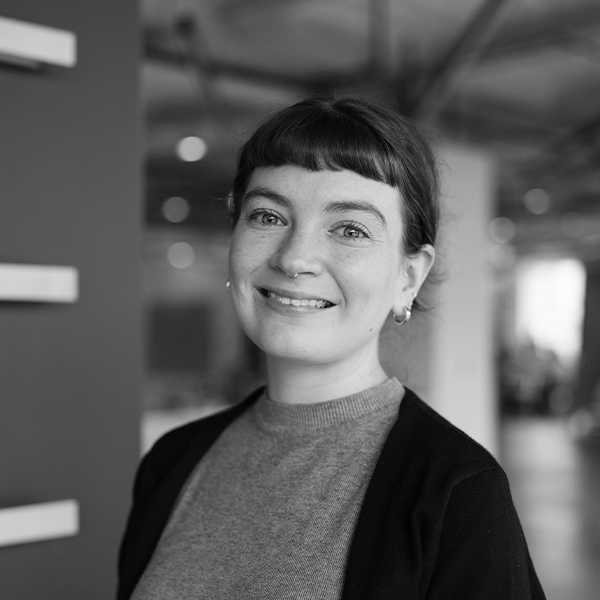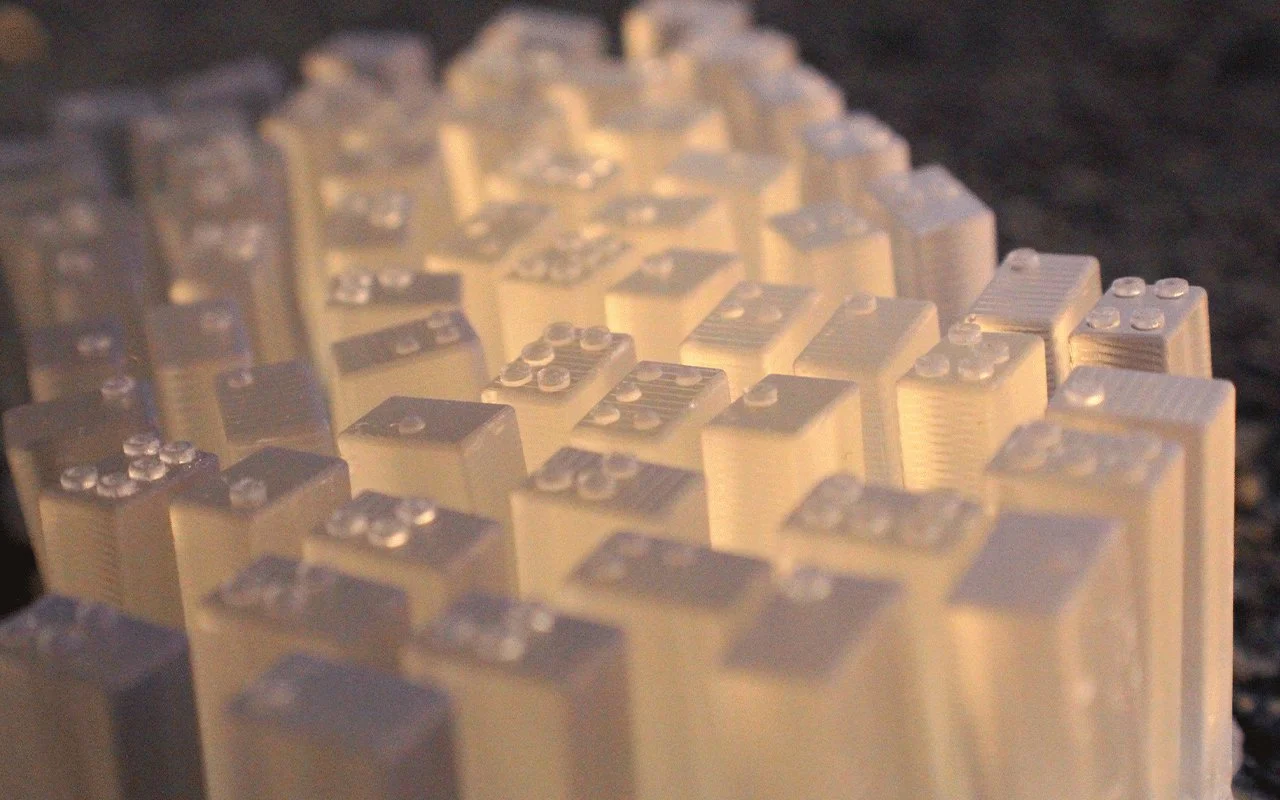Desi Lentz
The Landscape of Letters: Noviidot
Noviidot reimagines and expands Braille by introducing physically distinct bold and italic textures to a system that—while essential—has remained largely unchanged for nearly two centuries. Whereas visual typography has evolved to convey tone, volume, and intention through stylistic variation, Braille relies on symbolic indicators that do not alter the tactile experience of reading like we experience in sighted reading. This reliance flattens language into uniform dots, limiting expressive possibilities for Braille readers and writers. Noviidot proposes a new design language for tactile typography—one that makes reading and writing Braille a more dynamic, creative process. A table-top device inspired by a tortilla press, it uses a block-based system allowing users to place Braille characters in readable orientation and apply regular, bold, or italic styles. By overlaying paper and applying pressure from above, users can emboss text without needing to reverse layouts or operate complex machinery commonly found in embossing and Braille devices. Noviidot promotes autonomy and self-expression, allowing users to shape not just content, but tone, emphasis, and personality. At the same time, its visual integrity invites full-vision users to engage with the tool as a discursive object—bridging tactile and visual language through form. Centering lived experience, Noviidot challenges able-bodied assumptions about communication—advocating for a richer, more expressive future for tactile literacy. This project asks: why shouldn’t accessible tools also be creative tools?
Contact:





















